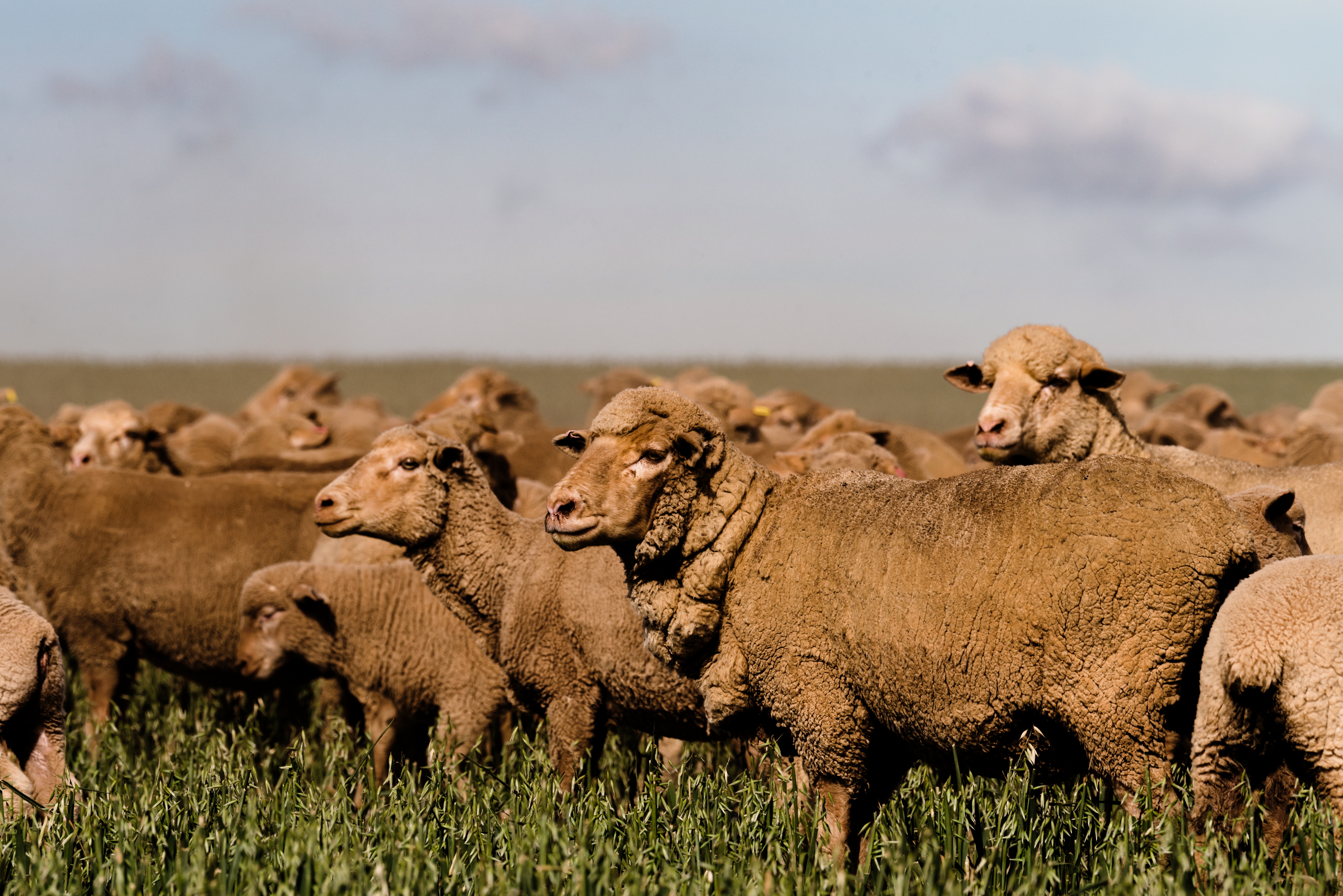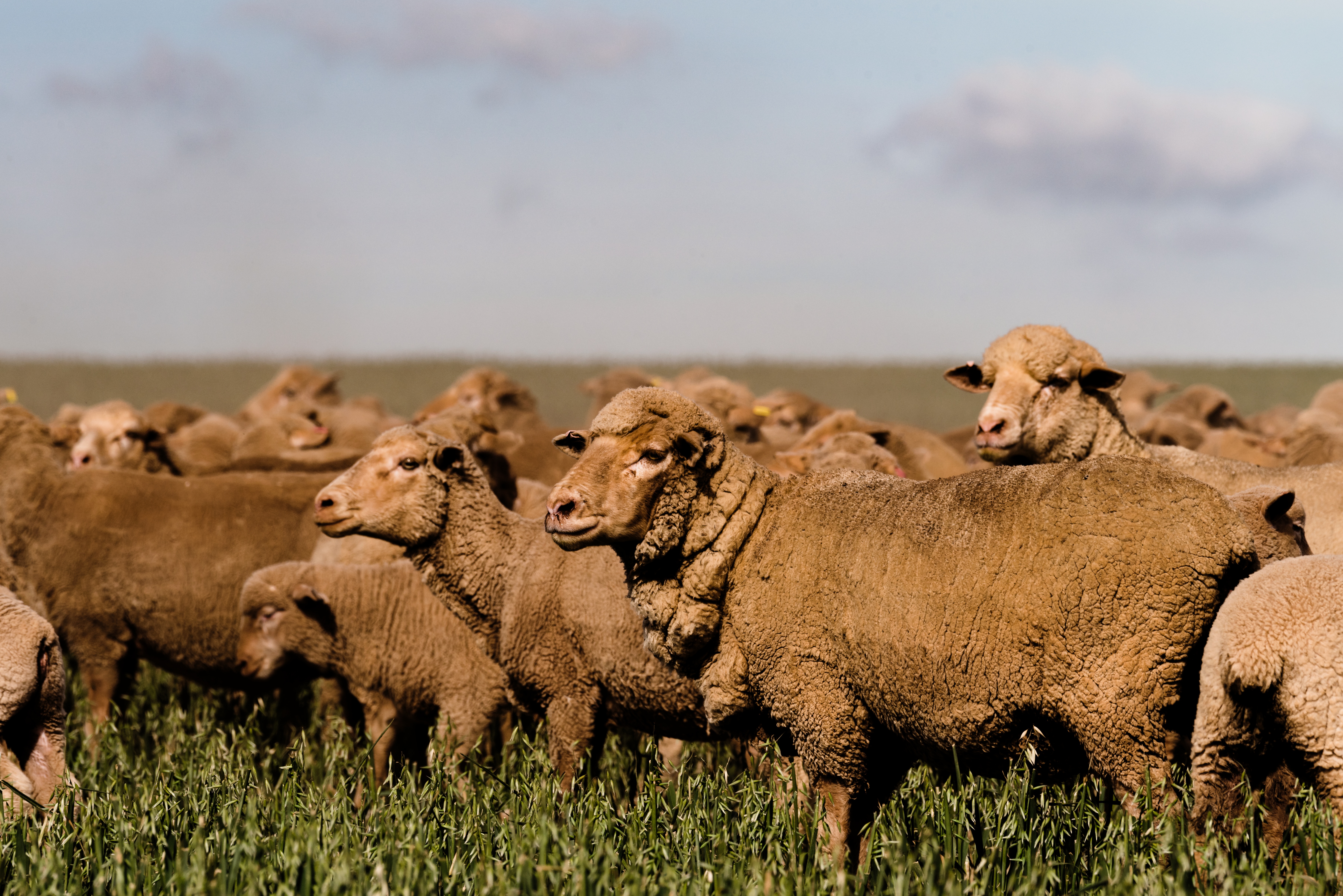Welcome to Australian Wool Innovation, a hub for the woolgrowers of Australia.
Not a woolgrower? Looking for information about wool products, wool care or wool processing?
The Woolmark Company is the global authority on wool. Visit Woolmark.com instead.
Hypocalcaemia fact sheet

Hypocalcaemia is caused by the animal being unable to mobilise calcium from the bone quickly enough to maintain normal blood calcium levels, or when compounds (known as oxalates) bind up the calcium in the blood. Ewes in their last six weeks of pregnancy and in the first month of lactation are most at risk as during this time the ewe is providing calcium for lamb bone development and milk production. Older ewes are more susceptible to hypocalcaemia.
Articles That Might Interest You
Recognising and preventing metabolic disease in lambing ewes
Optimising ewe nutrition during pregnancy and lactation is critical for the health, productivity and survival of ewes and their lambs. This article covers risk factors, what to look for, and how to prevent and treat two of the common metabolic disorders seen in pregnant and lactating ewes – pregnancy toxaemia and hypocalcemia.
Read more
Preparing low worm-risk paddocks
Preparing low worm-risk paddocks to prevent sheep from heavy worm burdens is a key strategy in effective and profitable worm control. This article covers strategic preparation methods for lowering the worm-risk of paddocks.
Read more
Management targets for increased productivity and profitability
Ewe nutrition during pregnancy and lactation plays a major role in the productivity and survival of the ewe and her lambs. Here we have summarised the management targets for optimum productivity and profitability along with what to do and what to avoid when managing ewes to optimise lamb survival.
Read more







.jpg/Zz0zNDRlNmZlMjBlYmMxMWYwOTk5YzVlMmQ3Njg2YmYwZg==)
.png/Zz0yM2JiZjM5ODBlYmMxMWYwOTU5YTYyNTc0YTA0ZjBjZQ==)